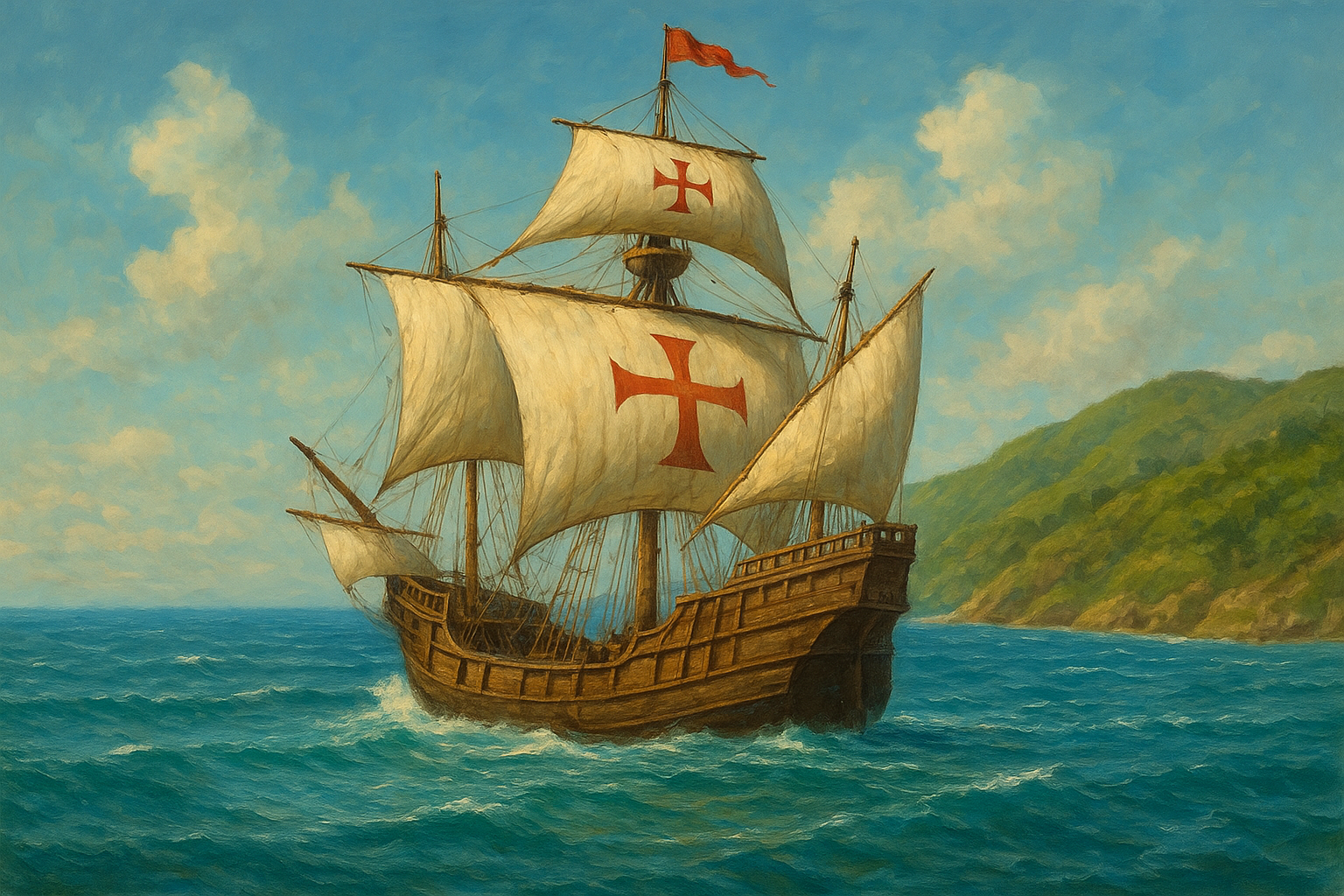
When we think of Christopher Columbus, we often picture grand ships, daring voyages, and the discovery of new lands. But have you ever wondered what Columbus and his crew ate during their long journeys across the ocean? Spoiler alert: it wasn’t pizza or burgers! Let’s dive into the fascinating (and sometimes surprising) foods that fueled one of history’s most famous explorers.
Imagine biting into a piece of bread so hard it could double as a frisbee. That’s hardtack! This tough, unleavened bread was a staple for Columbus and his crew. Why? It lasted for months without spoiling, making it perfect for long sea voyages. While it wasn’t exactly a gourmet treat, it kept the sailors alive. Today, you might swap it for fresh-baked bread or flatbread for a more enjoyable experience.
Dried legumes like lentils, chickpeas, and beans were another essential part of the sailors’ diet. These were boiled into stews and seasoned with salt—if they were lucky. While it might sound plain, beans provided much-needed protein and energy. For a modern twist, try a hearty lentil soup or some hummus with fresh veggies.
Fresh meat wasn’t an option on long voyages, so Columbus’s crew relied on salted and dried meats like beef, pork, and fish. These were heavily salted to prevent spoilage, making them, well, very salty. While it’s not something you’d want to eat every day, it was a lifesaver for the crew. Today, you can honor this tradition with dishes like corned beef or fried cod—hold the extra salt!
When Columbus reached the Americas, he encountered a treasure trove of new foods, including tomatoes, corn, and sweet potatoes. These vibrant, flavorful ingredients were a stark contrast to the bland rations on the ship. Can you imagine Italian food without tomatoes? Neither can we! Celebrate this discovery with a corn-and-tomato salad or a sweet potato pie.
Columbus set out to find spices in India but ended up discovering the bold flavors of the Americas. Chili peppers, cayenne, and allspice were among the exciting new finds. He may have also encountered vanilla and cocoa, the building blocks of chocolate. While the Aztecs enjoyed chocolate in its bitter, pure form, Europeans later added sugar and milk to create the sweet treat we love today. So, why not finish your meal with a rich chocolate dessert?
Columbus’s voyages didn’t just change maps—they transformed kitchens around the world. The foods he encountered in the New World became staples in European cuisine, blending cultures and flavors in ways that still influence us today. So, the next time you enjoy a tomato-based pasta sauce or a piece of chocolate, give a little nod to history.
Why not recreate some of these historical dishes at home? Whether it’s a simple lentil stew or a sweet potato pie, cooking these foods is a fun way to connect with history and appreciate the challenges (and flavors) of life on the high seas.
Food has a way of bringing history to life, and Columbus’s journey is a perfect example of how exploration can change the way we eat. So, grab your apron and set sail on your own culinary adventure!
© Chefsville. All Rights Reserved.